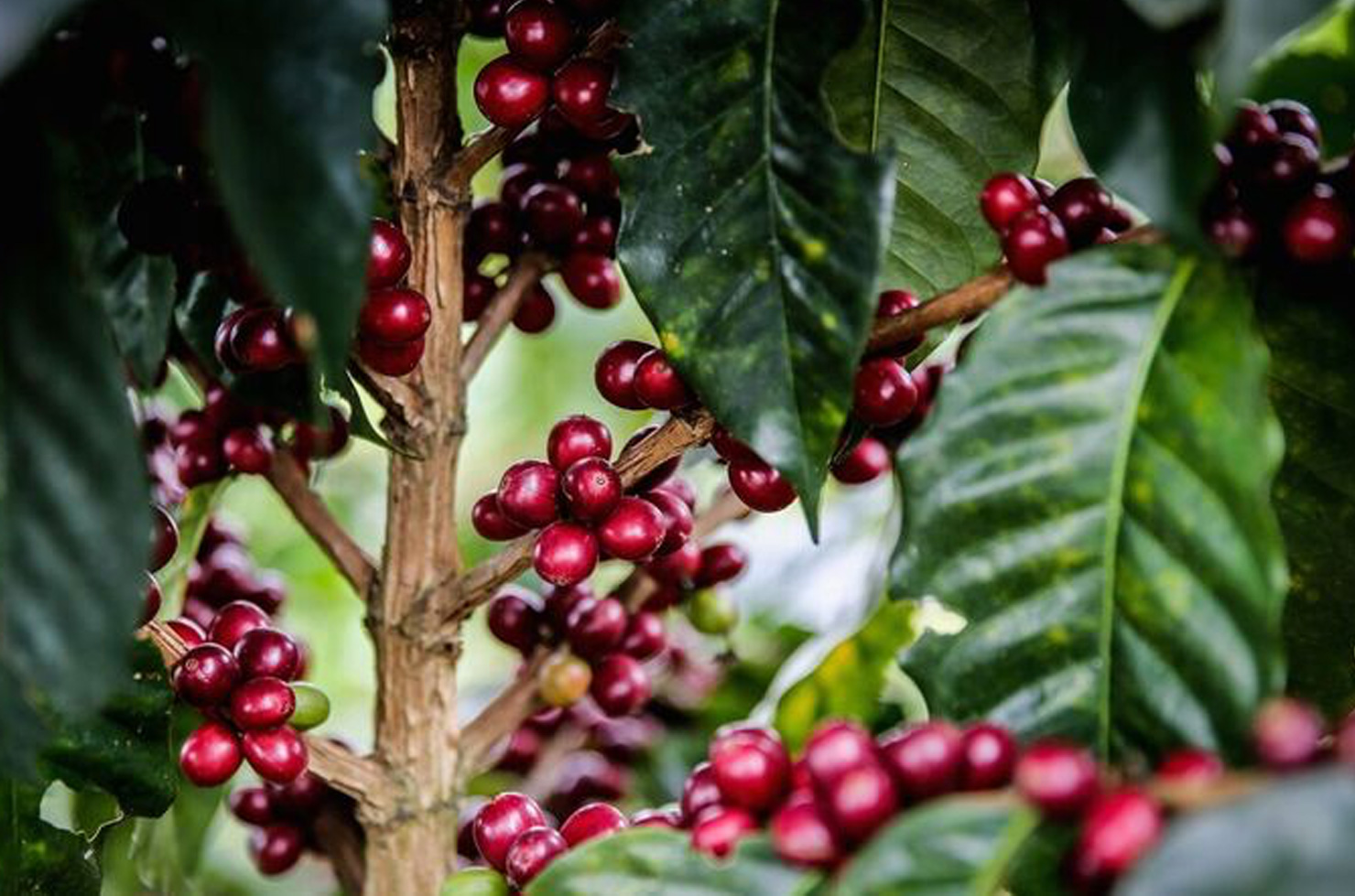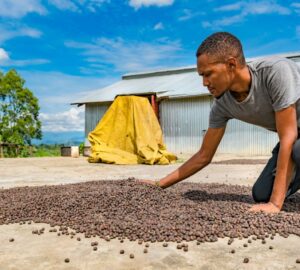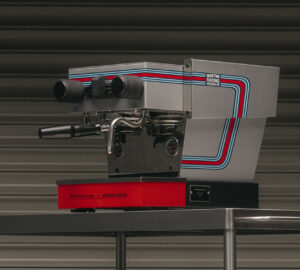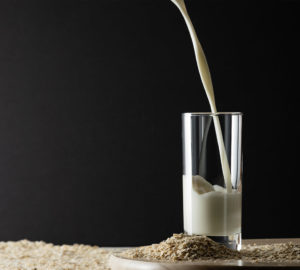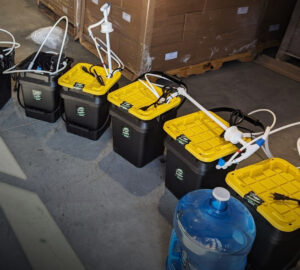One of the largest breakthroughs in the coffee realm by the scientific community has been the successful genetic sequencing of Arabica. Understanding the inner-workings of the world’s most popular species of coffee offers hope of creating new, more robust varieties to combat climate change while also delivering the subtler flavors for which Arabica is known. And a new study offers “the most complete sequencing yet of the genome of Coffea arabica.”
Published recently in the journal Nature Communications, the study is the work of researchers from the University of Udine in Italy. For their work, the research utilized previously unavailable “next-generation sequencing technology,” known as long-read sequencing, that allows them to “ read DNA strands up to hundreds of thousands of base pairs in length without interruption and with greater accuracy.”
With this new level of information, researchers now have a better idea why different varieties of Arabica have such distinct flavor profiles. They found that a coffee’s characteristics—like flavor—are not the result of variations in individual genes, but instead “result of wholesale swapping, deletion, and rearrangement of chromosomes.” The “letters,” Nature Communications states—similar to the A’s, C’s, G’s, and T’s from human DNA, if anyone remembers Biology class—only vary slightly from variety to variety; the difference is in their order.
Along with flavor, this new profiling offers coffee breeders new insights into how to develop more resilient crops, capable of withstanding leaf rust or higher average temperatures all the while maintaining Arabica’s flavor profile and lower caffeine levels.
This new discovery opens up a floodgate of potential for new coffee varieties. Understanding what genetic sequences can be attributed to different characteristics in a coffee may allow to create new Arabicas with exacting detail. For more information, visit Nature Communications.
Zac Cadwalader is the managing editor at Sprudge Media Network and a staff writer based in Dallas. Read more Zac Cadwalader on Sprudge.











